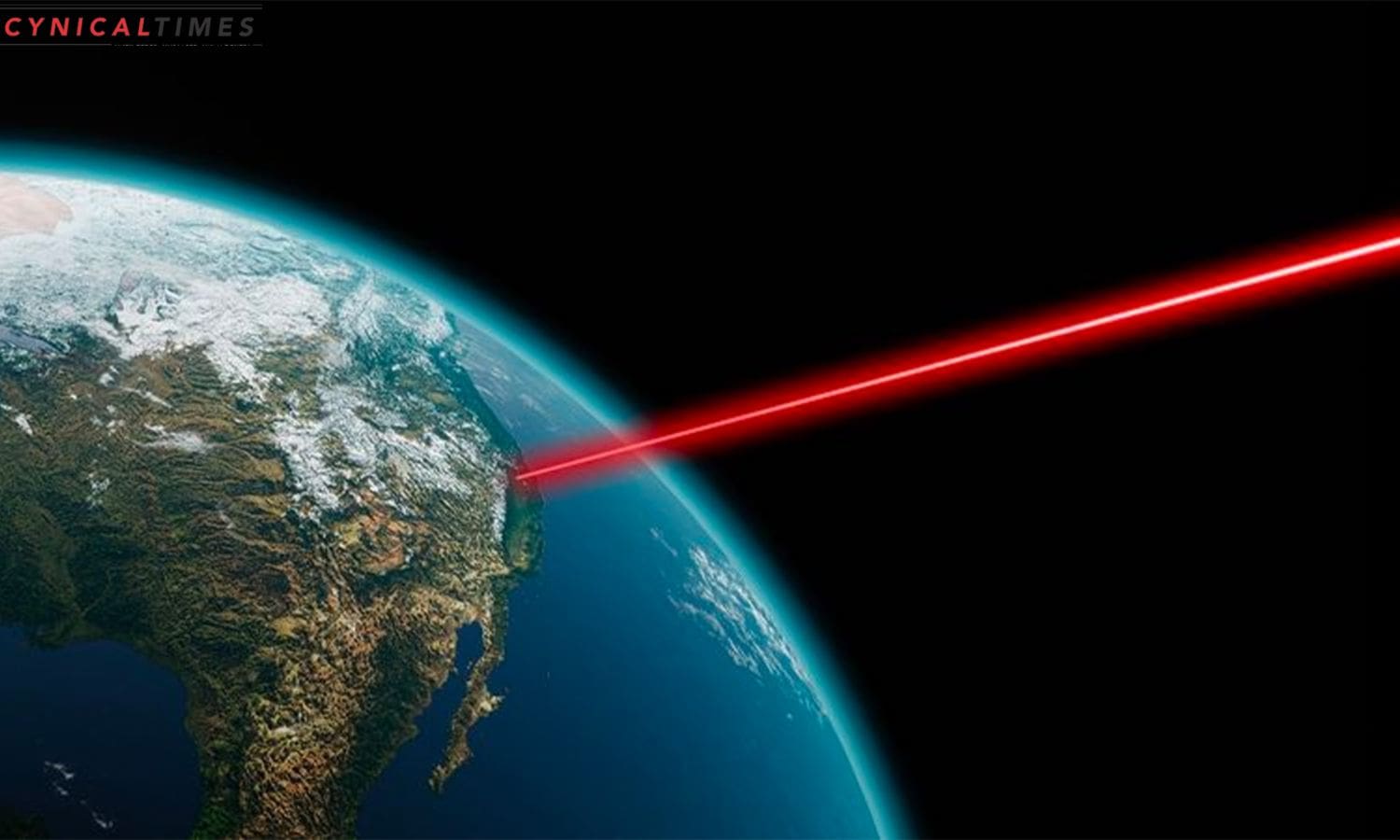NASA Laser Leap: NASA has recently achieved a groundbreaking milestone in communication technology with the successful testing of the Deep Space Optical Communications (DSOC) method. This revolutionary technique utilizes lasers to transmit large amounts of data over incredibly long distances, a significant departure from traditional radio frequency communications. The test was conducted aboard NASA’s Psyche spacecraft, currently on a mission to observe a mostly metal asteroid.
NASA has traditionally exchanged data between Earth and deep space via radio frequency. The space agency hopes to usher in a new era of speedier and more effective communication with the development and testing of DSOC, important for future moon and space missions.
DSOC, also known as optical communications, employs lasers to transmit data over extensive distances. According to NASA, this technology has the potential to transmit up to 100 times more data back to Earth compared to current radio frequency systems. This advancement is crucial for supporting new technologies and future space exploration endeavors.


Also Read: NASA Laser Leap Psyche Mission Distant Data Dance Breaks Records
The recent successful test involved the Psyche spacecraft sending and receiving data messages using a telescope in Southern California. The DSOC method operates with signals in near-infrared wavelengths. The data, transmitted in the form of bits, the smallest units of computer data, is embedded within the photons of the laser.
The significance of this achievement is highlighted by its potential impact on data transmission speeds. NASA estimates that using current radio frequency systems, it would take approximately nine weeks to transmit a complete map of Mars back to Earth. With the laser-based DSOC method, this time could be reduced to just nine days. Furthermore, the laser communication equipment is more compact, taking up less space in spacecraft and consuming less energy.
The successful data signal transmissions during the test were described as “first light,” marking the farthest-ever demonstration of optical communications at about 16 million kilometers from Earth. Trudy Kortes, the director of Technology Demonstrations for the Space Technology Mission Directorate at NASA Headquarters, expressed excitement about this achievement, emphasizing its importance in advancing humanity’s goal of sending humans to Mars.
While optical communication has been demonstrated in low Earth orbit and on the moon, the DSOC project represents the first successful test of this method in deep space. Abi Biswas, a project technologist on the DSOC team, hailed the achievement as a “tremendous” one, emphasizing the successful exchange of data using “bits of light” to and from deep space.


Laser communication over such vast distances is a complex endeavor, requiring precise alignment of signals and synchronization of transmitters and receivers over millions of kilometers. During the recent experiment on November 14, DSOC took about 50 seconds to send data from Psyche to Earth, showcasing the potential for enhanced data transmission in future deep space exploration.
Jason Mitchell, a director in NASA’s Space Communications and Navigation program, sees optical communication as a significant boon for scientists and researchers, opening up possibilities for improved data transmission methods that will enhance human exploration of deep space and lead to numerous data discoveries in the future.
Our Reader’s Queries
Did NASA receive a laser message?
NASA’s Psyche mission has achieved a groundbreaking feat by transmitting a video from deep space using a laser. The laser communications experiment on board the spacecraft has successfully beamed back a short clip featuring a feline star named Taters, from a distance of almost 19 million miles. This marks the first time that NASA has streamed a video from such a far-off location using laser technology. The achievement is a significant milestone in space communication and opens up new possibilities for future missions.
How far is 16 million kilometers away?
NASA has achieved a remarkable feat by successfully transmitting laser-beamed communication from a distance of 16 million kilometres, which is 40 times farther than the distance between the Earth and the moon. This groundbreaking achievement marks the longest demonstration of optical communications to date.
Did NASA receive laser beam?
NASA’s Psyche mission has achieved a groundbreaking feat by receiving a laser-beamed message from 10 million miles away, marking the first major milestone of the innovative experiment. This is the most distant demonstration of laser communications to date, showcasing the potential of this technology in space exploration.
What is NASA’s first two way end to end laser communications system?
NASA’s latest technology experiment on the International Space Station has achieved a significant milestone. On December 5, 2023, the experiment successfully established a laser link with an in-orbit laser relay system, marking the completion of NASA’s first two-way, end-to-end laser relay system. This achievement is a major step forward in space communication technology and opens up new possibilities for future space missions.

